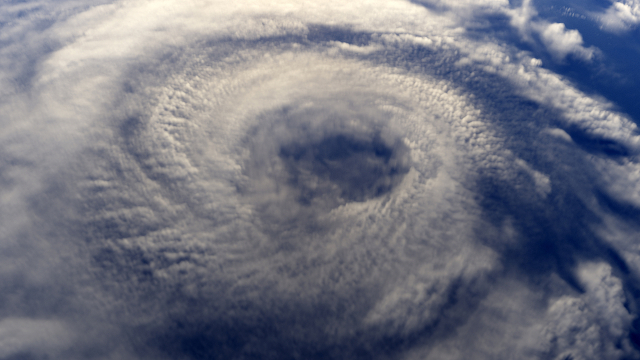Revisiting the World’s Oceans for Uranium

Article written by guest writer Kecia Lynn
What’s the Latest Development?
Researchers at the US Department of Energy’s Oak Ridge and Pacific Northwest national laboratories have announced a new improved method of gathering uranium from seawater. The technology, originally designed by the Japanese in the late 1990s, has been modified to obtain more than double the amounts previously extracted. The researchers “used plastic fibres with 10 times more surface area than the Japanese design, allowing for a greater degree of absorption on a similar platform.” They are then placed underwater, allowed to soak up uranium, retrieved, and washed with an acidic solution that isolates the radioactive substance.
What’s the Big Idea?
Oceans contain enough uranium to power every nuclear plant on the planet for 6,500 years. Chemical scientist Cheng Dai says that the rise in uranium prices some years back encouraged the DoE to look more carefully into seawater extraction. The new method is more affordable, cutting production costs almost in half, but even with that savings it’s still a much more expensive means of obtaining uranium than getting it from the earth. Still, scientists believe that having the technology available is worthwhile as the nuclear industry continues to move forward.
Photo Credit: Shutterstock.com




